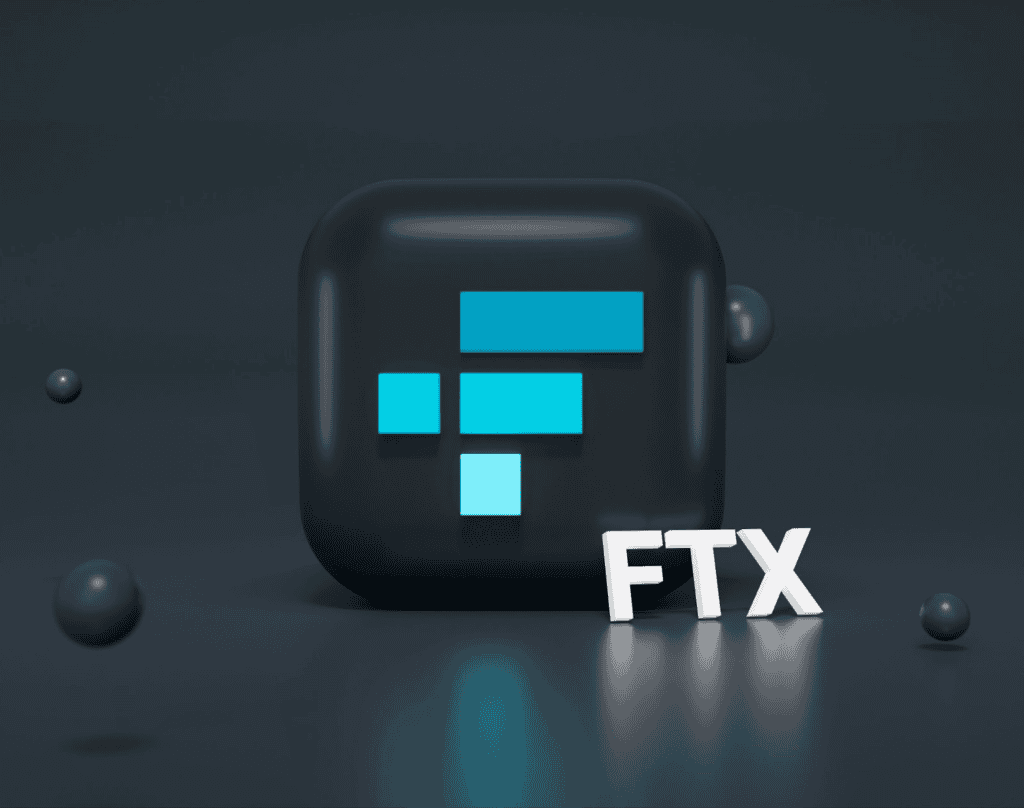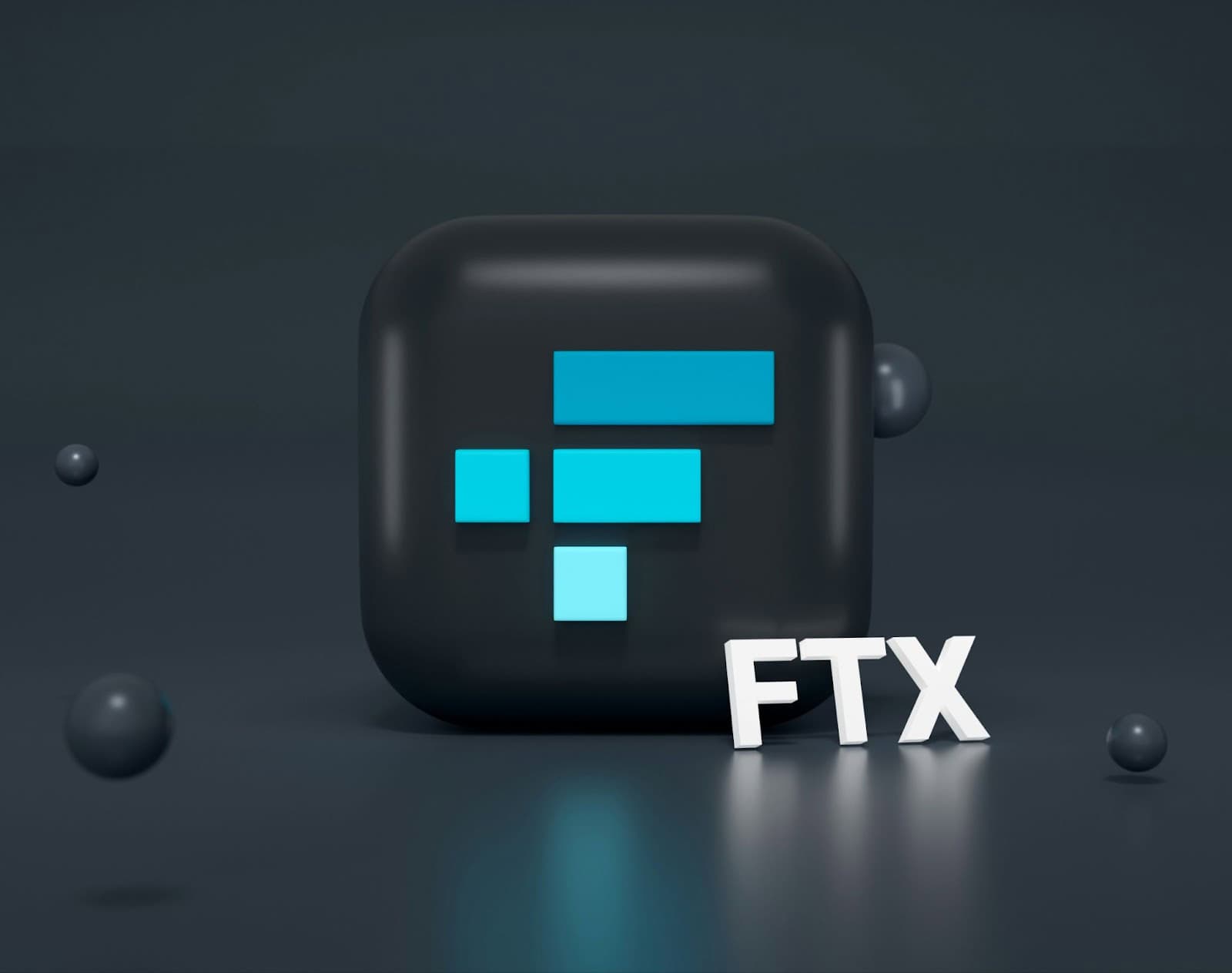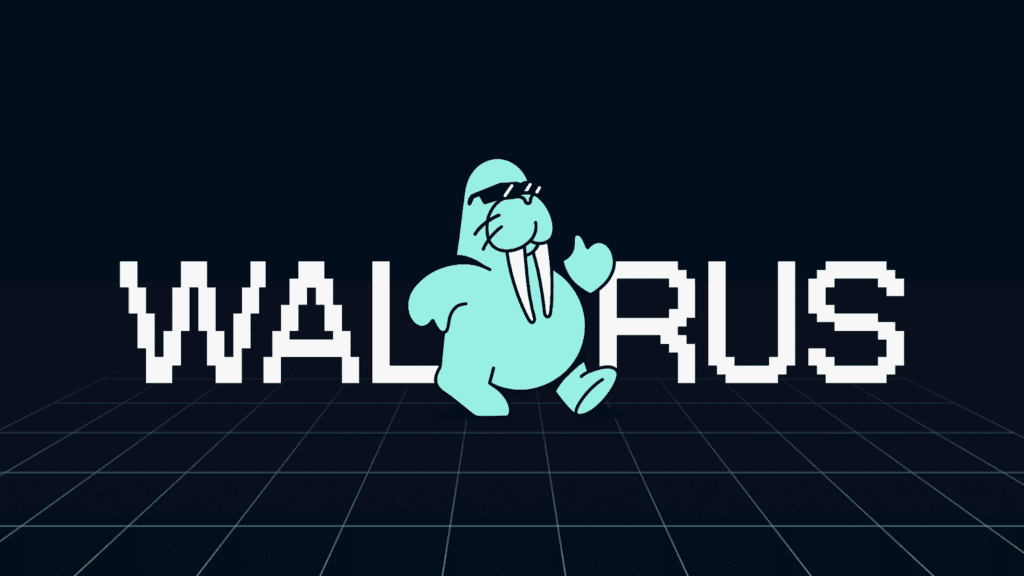
Sponsored By
I saw this tweet from a Kaito team member yesterday
The chart tracks the market sentiment. It’s at its lowest right now.
If you’re feeling like you should quit and crypto is a scam, you’re not alone. Everyone seems to have lost their bullishness.
Me? Still grinding. I remember someone said that there’s always a bull market somewhere. Right now, I’m seeing a lot of opportunity over on Sonic Chain.
Here’s what we got today:
- FTX credit repayments started. Can this spark resume the bull market?
- Walrus Deep Dive. What you need to know about the storage protocol.
- Around the web. Kaito launched its token today, Monand released its testnet, Fluid introduced Fluid Lite, and more.
Today’s email is brought to you by Walrus — the decentralized storage network.
Here’s your Edge 🗡️!
News
Will FTX Pump Our Bags?

Could the disaster that tortured crypto in the brutal bear market might now be the spark that reignites the bull run>
What’s happening? FTX was a leading centralized exchange. It imploded in November 2022 through a bank run. Everyone was running to withdraw money from FTX. Turns out that Sam, the founder of FTX, was defrauding people.
FTX had to declare bankruptcy. The majority of people couldn’t recover their money in FTX. Many big players had assets tied up with FTX. So, it had several second-order effects as well. All this plunged us deeper into ba ear market.
But in crypto years, that’s ancient history. Why am I bringing it up?
Well… people who had funds locked up in FTX are finally getting their money back.
Why is it important? FTX users were crypto users. With the creditor payment, they’re getting billions.
Many people are assuming that these crypto users will invest the new money directly into crypto. In that case, we’ll see billions of buy pressure in crypto. In other words, we’ll see our bugs pump.
At a more granular level, we can speculate about which coin specifically will benefit. The consensus is that it’ll largely flow into BTC.
To be fair, arguments can be made for ETH, SOL, or something else. Right now, I don’t want to get into altcoin debates right now.
But many aren’t that optimistic. According to them most users on FTX were normies who aren’t comfortable onchain. They already have crypto PTSD from FTX. Additionally, we’re even using presidents to launch memecoins and extract money.
So, these people will probably conclude that crypto is full of scams and leave entirely.
At the end of the day, mass psychology is unpredictable. Some will reinvest, and some will exit. And the truth is likely somewhere in the middle.
How much is getting injected? There are some curious facts about payment.
In the first round, they’re only distributing to fulfilling claims worth <$50k. The total value of these will be around ~$1.2 billion only.
Claims worth >$50k amounts to >$17 billion. This is largely expected to hit in Q2 2025.
That’s a lot of money that can pump our bags. But that wasn’t the only important point about repayment.
Here’s where it gets interesting:
When FTX users held assets on the platform, they were denominated in crypto. But repayments are happening in USD—meaning many users are missing out on massive crypto gains.
For example, when FTX collapsed, Bitcoin was trading under $16K. Today, it’s pushing $100K. If users had simply held their BTC, their funds would’ve 6x’d. Instead, they’re getting repaid in dollars, losing out on those potential gains.
Fortunately, the FTX paying effectively 9% interest on the USD value as well. So, everything wasn’t doomed to her plans.
FTX has already paid out $800 million — which is just 35% of the first round of repayments. There’s still a lot more money waiting to enter crypto.
Sponsored Deep Dive From Walrus
Walrus: The Cutting Edge Decentralized Storage Protocol
Ever bookmarked a brilliant blog post, only to find it vanished upon return?
Frustrating, right? It’s happened to me more times than I’d like to admit. And each time, I kick myself for not saving the content properly.
To be fair, it’s not the end of the world for me. The internet eating my favorite blog post or video isn’t a life-or-death situation.
But for businesses? That’s a different story.
If a serious company loses important files, they can’t just shrug and say, “Oops… the hosting server is down, lol.”
The problem with centralized storage
Some companies store files on their own servers. But this is a specialized skillset. Everyone cannot do this.
So they have to use centralized storage solutions. Like Google Drive, OneDrive, or Dropbox.
But those come with major drawbacks:
- Single point of failure. If Dropbox gets hacked or shut down tomorrow, your files are gone.
- Vendor lock-in. Web2 companies will try to keep your data within their ecosystem. There’ll be high friction when you try to change
- Censorship resistance. Access to your data will be dependent on someone else. They’ll always be able to stop you from accessing your data.
To be honest, centralized solutions are fine for most companies. Even my company uses Google Workspace. (Don’t burn me on stake yet, web3 apps aren’t ready for full-scale businesses yet. And I have to eat.)
However, there are even more serious businesses that depend on data availability.
Rollups are the common examples. For a rollup to verify transactions, they need the transaction data. The rollups CANNOT say “Oopsie.. we lost the data”.
Because of the reasons listed above, rollups can’t use centralized solutions. When billions of dollars are at stake, you can’t just trust someone. You need certainty.
Enter Walrus.
It’s a decentralized storage and data availability protocol.
It doesn’t have the problems of centralized solutions. It can store and deliver large data files—everything from rich media content to PDFs, videos, and images—sourced from both Web2 and Web3.
(Quick technical note: Storage protocols store data for the long-term while data availability layers focus on making data available for a limited period. Walrus does both.)
Walrus uses a Delegated Proof-of-stake system with $WAL as the native token. It’s a token on SUI with several utilities: Staking, Payments & pricing of storage, and Governance of the protocol.
The network is made up of storage nodes. Here’s a short rundown of how it functions:
- Prices are fixed and prepaid for the length of the contract.
- Storage prices are set collectively by storage nodes of operators.
- Operator and holders can stake their tokens on different nodes.
- Operators will receive data in proportion to their relative stake
- Stakers will share in rewards and penalties on a proportionate basis.
- Payments from users will pass back to stakers in the form of staking rewards.
- A node earns rewards or is punished based on its actions in an epoch.
- Governance on Walrus adjusts parameters through the WAL token.
The competitors & potential
Walrus isn’t the first decentralized storage protocol. Even in the terrible market conditions, competitors like Arweave market cap is around ~$570M. And the Filecoin market cap is >$2 billion.
So, how does Walrus stand against those?
#1. Lower Costs. Walrus claims up to 100 times greater efficiency compared to Arweave and Filecoin.
#2. Data Access and Deletion. In the competing protocols, the data could be accessed by anyone and could not be deleted. This raises many privacy concerns, especially for businesses and institutions.
Walrus allows users to modify or delete their data if they want.
#3. Programmability. Each piece of stored data can be a distinct entity with its properties and behaviors managed by smart contracts. Devs can granularly control things like access rights, time to deletion, interactions with other objects, and so on.
Traditional storage protocols were simple data dumping grounds. This gives devs a lot more programmability.
Walrus also claims a few more advantages like better reliability and availability under fault conditions. But I don’t want to bore you with the umpteenth technical advantage.
Walrus is now in testnet. It’ll be in mainnet within next month.
However, crypto is full of unfulfilled promises and vaporware. We need to believe in teams to actually deliver on their promises.
Team
Thankfully, Walrus is from a proven team: Mysten Labs.
It is stacked with industry-leading technologists from top companies like Facebook, Apple, and Google. They had evolved from Facebook’s ambitious Libra (Diem) project.
Sam Blackshear (one of Mysten’s co-founders) created Move—a cutting-edge programming language for blockchain smart contracts.
They delivered SUI. It now holds ~$1.35 billion in Total Value Locked. Cumulatively, it has done >$62 billion in volume!! So, the AltL1 was successful as well.
They cemented their competence with Deepbook. It was the DeFi liquidity layer on Sui. Despite only launching in October 2024 and horrible market sentiments, $DEEP is still up 1000%!
Now, they’re setting eyes on a storage protocol that complements SUI very well.
It’ll be foolish to bet against such a proven team.
Adoption
Even though it’s on testnet, some projects have already started working with Walrus.
- Decrypt – a leading crypto news organization will store its article on Walrus.
- Atoma Network – it helps people build private, decentralized AI. Walrus will be used to store and integrate data with AI workflows.
- Creditcoin – Walrus will be used for safeguarding user data and supporting a variety of use cases.
- Tusky – They’re aiming to become Dropbox of web3. They’re specifically interesting because they migrated from Arweave, demonstrating the superiority of Walrus.
In the long term, I expect web3 applications to take over most software applications. In that way, we’ll be bringing the entire world onchain.
For those apps to work, they’ll need a programmable storage layer. And it looks like Walrus can fill in the role nicely. Maybe it’ll become the “decentralized AWS“.
Walrus will launch its token and Mainnet by the March end.
🚀 DeFi Catalysts
Fluid has introduced Fluid Lite. It’s a new design for the application that uses the same great tech on the backend.
HyperLiquid launched the HypeEVM on the mainnet. It adds general purpose and programmability to the economy of the ecosystem.
M^0 infrastructure is now live on Arbitrum. They’ve used Wormhole’s NTT infrastructure for this expansion.
Liquity Protocol is redeploying its v2 contract to fix an issue in the stability pool. If you had opened positions in the previous deployment, you should close them.
Pyth Network, the oracle network focused on prices, has expanded to HyperLiquid. Currently, data of 20 projects are sponsored on HyperLiquid VM.
Spectra Finance has updated the fee structure of the protocol. Among many changes, veSPECTRA voters will now receive 60% of trading fees from the pools they vote for.
Derive, an L2 focused on options and perp trading, will license its risk engine. Hyperdelta on Hyperliquid will use it to build their products.
GammaSwap, the protocol for permissionless leverage on any token, will be expanding to Sonic, the new version of Fantom.
Frax Finance has expanded the frxUSD cross-chain using LayerZero technology.
🪂 Airdrop Alpha
Kaito is launching the token and airdrop claim today. It is a highly anticipated project that is shaping up to be a big wealth-generation event.
Monad is a new Alt-L1 that promises to create a fast and cheap EVM L1. Here’s a guide on how to use their newly launched testnet.
Pryzm Zone has dropped the airdrop claim page for $PRYZM. Many people who had focused on cosmos-eco airdrop farming, will receive this.
Superfluid, a money streaming protocol, has launched its token, $SUP. They’re running a reward program as well.
🐦⬛ X Hits
- AI Agent updates of the week.
- The current state of the Virtuals trenches.
- Crypto Twitter sentiment is down only. Here’s the chart.
- Eclipse, an SVM L2 on ETH, updates.
- Red flags for a token launch.
😂 Meme



